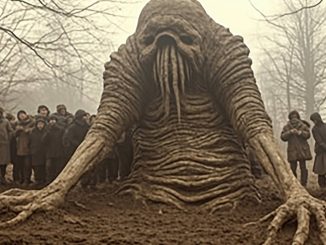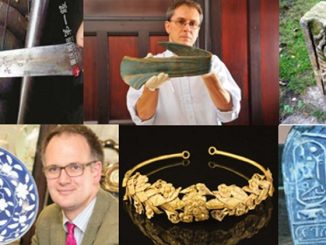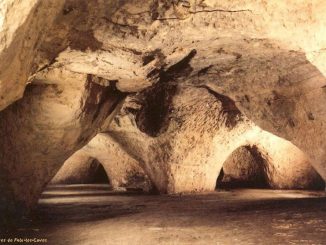The Inca was the largest empire in the Americas in the pre-Columbian period with its administrative, political and military center at Cusco in the highlands of present-day Peru.
Historical documents record that the Incas controlled much of western South America, centered in the Andes Mountains, through conquest and peaceful assimilation. During its heyday, the empire unified all of Peru, southwestern Ecuador, west and south-central Bolivia, northwestern Argentina, most of present-day Chile, and southwestern Colombia, rivaling other Eurasian empires.
The Inca economy did not use money and had no markets. They exchanged goods and services in reciprocal relationships between individuals, a community, a group of people, or Inca leaders. At the same time, Inca residents hoarded wealth in the form of gold, jewelry and other precious minerals of the Earth.
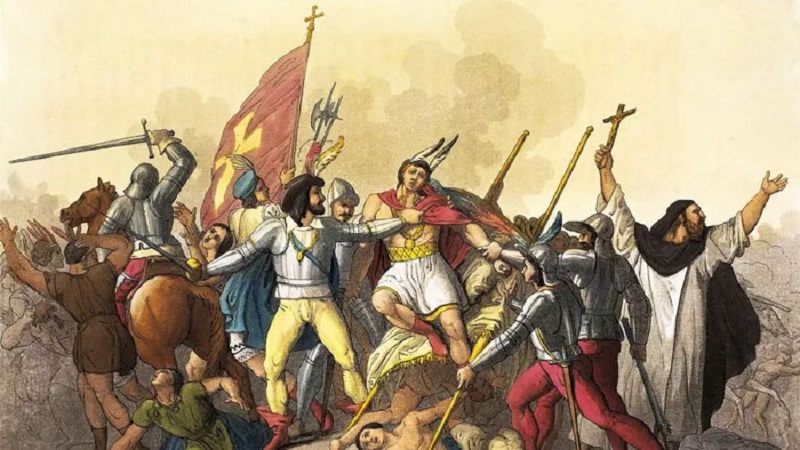
The photo illustrates the scene in which Francisco Pizarro González’s army captured the Inca prince, Atahualpa. (Photo: History)
However, things gradually changed when Francisco Pizarro González, a Spanish explorer and conqueror, headed south to Panama and penetrated Inca territory in 1526. After another expedition in 1529, Pizarro returned to Spain and asked to conquer the land and was approved by the royal family. This was also the time when the two sons of Inca emperor Huayna Capac, Huáscar and Atahualpa, were competing for the throne, causing social instability and weakening the empire.
At this time, Francisco Pizarro’s army captured Atahualpa in the Cajamarca palace and forced the Incas to take a large amount of gold in exchange for the prince’s freedom. However, as soon as enough gold was prepared, Atahualpa was executed by the Spaniards. The Inca general, Ruminahui, immediately hid the gold in a mysterious wilderness and continued to fight until his last breath.
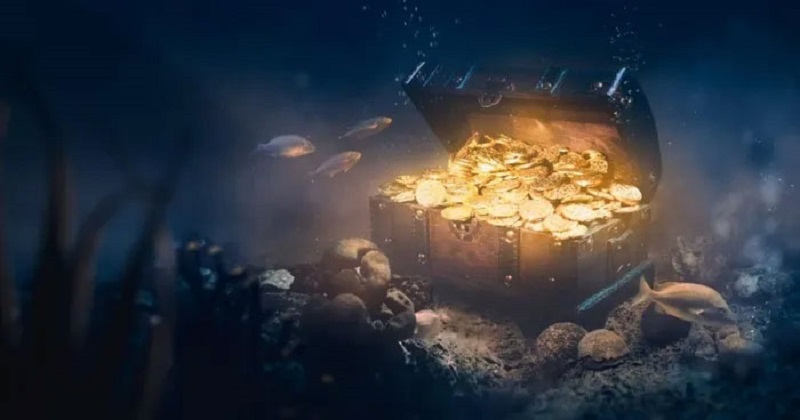
The lost treasure of the Incas remains a mystery to this day. (Photo: The Travel).
Many people will wonder why this amount of gold has always attracted the public until now. The answer comes from the fact that according to many recorded documents, the amount of gold that the Incas mobilized at that time was up to 750 tons, in about more than 37 billion USD at current prices.
The centuries-old treasure hunt
For many years, explorers and archaeologists have continuously embarked on the journey of searching for the treasure of a lifetime of the Incas. This search took place about 50 years after this gold was declared lost. Before that, a Spanish man living in South America married a native daughter. The news of their son’s fate caused the newlywed bride’s father, who accidentally found treasure in the deep forest, to reveal the location of the Inca gold to his Spanish son-in-law.
This secret was kept hidden for many years, but the Spanish bridegroom, before breathing his last, revealed the secret location of the Inca treasure to the King of Spain. With specific written instructions, a Spanish general named Friar set out to find this treasure. They finally found the treasure and sent news to the king. However, later this general mysteriously disappeared.

Everyone who claimed to know the treasure’s location mysteriously disappeared. (Photo: OC).
By 1860, a British explorer named Barth Blake also claimed to have found Inca treasure in a series of letters sent to his friends. Blake was the last person to find this treasure and his documents are considered to be the most detailed descriptions of the lost Inca gold known to the world today.
“There are thousands of pieces of pre-Inca gold and silver handicrafts. These are the most beautiful pieces of jewelry we can imagine, life-sized figures of people, birds, and animals made from gold and silver everywhere…”, Blake wrote in the letter.
Because he couldn’t bring all the gold back alone, Blake took a small amount and returned but eventually mysteriously disappeared. More than a hundred years since Blake disappeared with information about the location of the lost gold, this treasure has still not been found and the hunt continues.
Location of the treasure
The exact location of the treasure is an unanswered question. Although the area believed to be where the Incas hid gold is currently in Llanganates Mountain, with such vast mountainous terrain, finding gold is like finding a needle in a haystack.

Poetic scene in Llanganatis National Park in Ecuador. (Photo: Wiki).
The Llanganates Mountains are located in present-day Ecuador and are protected within the Llanganatis National Park. In addition to containing many historical mysteries, the landscape here is extremely beautiful, wild and is a great place for hiking that attracts many tourists. Besides, treasure hunters and explorers from all over the world today still gather here in the hope of finding huge treasures.
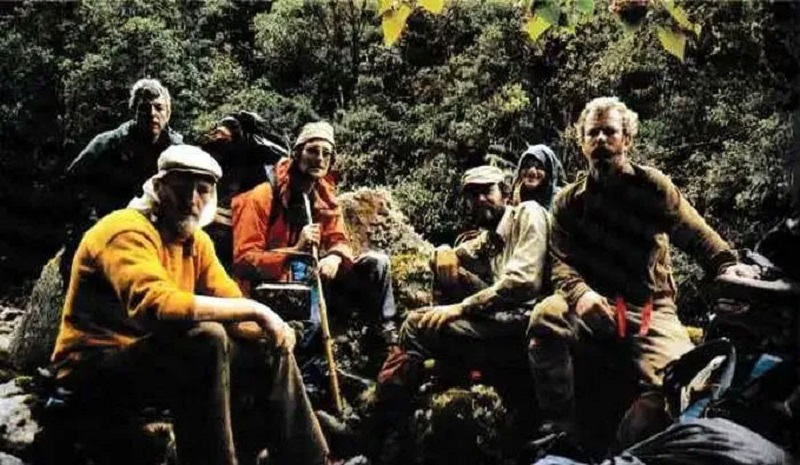
For many years, expeditions have been diligently searching for Inca treasure. (Photo: History).
However, explorers will have to endure the intense heat of South America and the dangers that arise along the way. High blades of grass, bumpy trails, and insect attacks are the main causes of death for ill-fated explorers.
